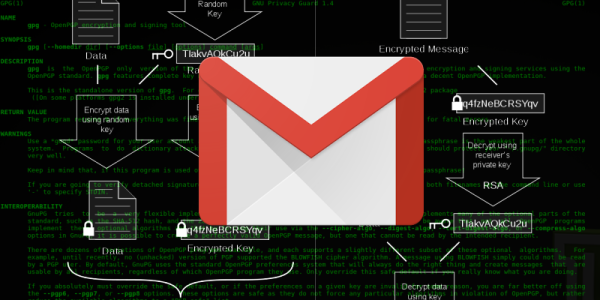When it comes to cryptocurrency security, what’s the best way to secure the private key? Obviously, the correct answer is to write it on a sticky note and put it on the bezel of your monitor; nobody’ll ever think of looking there. But, if you’re slightly more paranoid, and you have access to a Falcon 9, you might just choose to send it to the Moon. That’s what is supposed to happen in a few months’ time, as private firm Lunar Outpost’s MAPP, or Mobile Autonomous Prospecting Platform, heads to the Moon. The goal is to etch the private key of a wallet, cheekily named “Nakamoto_1,” on the rover and fund it with 62 Bitcoins, worth about $1.5 million now. The wallet will be funded by an NFT sale of space-themed electronic art, because apparently the project didn’t have enough Web3.0 buzzwords yet. So whoever visits the lunar rover first gets to claim the contents of the wallet, whatever they happen to be worth at the time. Of course, it doesn’t have to be a human who visits.
private key3 Articles
$100k To Crack A Bitcoin Wallet
When Bitcoin peaked a few years ago, with single coins reaching around $18,000 USD, heartbreaking stories began circulating about people who had tens or hundreds of coins they mined in the early days when coins were worth just a few dollars or cents. Since then, they owners of these coins had lost the private key, or simply thrown away the drive or computer the coins were on. It’s next to impossible to recover this key in most situations, but for the right amount of money it can sometimes be done.
About 20 years ago, [Mike] was working as a cryptography expert and developed a number of interesting algorithms for breaking various forms of encryption, one of which involved .zip files with poor entropy. A Bitcoin owner stumbled across the paper that [Mike] wrote and realized that it could be a method for recovering his lost key from 2016. [Mike] said it would take a GPU farm and $100,000 USD, but when the owner paid the seemingly enormous price [Mike] was able to recover around $300,000 worth of Bitcoin.
While this might not be financially feasible for you if you have a USB stick with a single coin on it you mined as a curiosity in 2010, the cryptography that is discussed in the blog entry is the real story here. We never know where the solutions to our problems are going to come from, like a random .zip file exploitation from two decades ago, but we can be sure that in the future it will be much easier to crack these keys.
Thanks to [Darmstatium] for the tip!
Practical Public Key Cryptography
Encryption is one of the pillars of modern-day communications. You have devices that use encryption all the time, even if you are not aware of it. There are so many applications and systems using it that it’s hard to begin enumerating them. Ranging from satellite television to your mobile phone, from smart power meters to your car keys, from your wireless router to your browser, and from your Visa to your Bitcoins — the list is endless.
One of the great breakthroughs in the history of encryption was the invention of public key cryptography or asymmetrical cryptography in the 70’s. For centuries traditional cryptography methods were used, where some secret key or scheme had to be agreed and shared between the sender and the receiver of an encrypted message.
Asymmetric cryptography changed that. Today you can send an encrypted message to anyone. This is accomplished by the use of a pair of keys: one public key and one private key. The key properties are such that when something is encrypted with the public key, only the private key can decrypt it and vice-versa. In practice, this is usually implemented based on mathematical problems that admit no efficient solution like certain integer factorization, discrete logarithm and elliptic curve relationships.
But the game changer is that the public key doesn’t have to be kept secret. This allows cryptography to be used for authentication — proving who someone is — as well as for encryption, without requiring you to have previously exchanged secrets. In this article, I’ll get into the details of how to set yourself up so that anyone in the world is able to send you an e-mail that only you can read.
Continue reading “Practical Public Key Cryptography”














